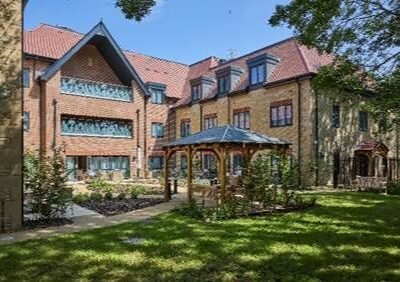“London’s strength lies in its balance of economic resilience and adaptability to how people want to live”
– Oliver Kolodseike – Colliers
For the first time, London has been named the UK’s top city for residential investment opportunities, according to Colliers’ Top UK Residential Investment Cities report. This rise reflects a broader shift in what people want from the places they call home.
Now in its ninth edition, Colliers’ report tracks how UK cities evolve as places to live, work and invest. It uses 24 indicators across five pillars: economics, research & development, environment, liveability and property.
London stands out as a national powerhouse, ranking in the top five for nearly half of the performance indicators. It places fourth in Colliers’ economic pillar, with median annual earnings of £38,281 and projected population growth that outpaces most other cities in the study. The city also leads the UK in research and development, anchored by globally renowned institutions such as LSE, Imperial College and UCL, which together attract more than 400,000 students annually. This academic strength fuels innovation and supports a thriving start-up ecosystem.
Beyond economic strength, London’s lifestyle appeal draws many to the capital. The city ranks highly due to its dense network of leisure businesses, cultural attractions and extensive green spaces. These amenities boost quality of life and drive residential demand alongside job opportunities and academic prestige.
Today’s residents seek more than proximity to work. From gyms and wellness centres to independent cinemas, galleries and retail experiences, they want a neighbourhood that matches their lifestyle. This shift is especially clear among younger professionals, international students and families who prioritise culture, convenience and community.
London’s residential market has evolved into a diverse ecosystem with a growing range of housing options, including Build-to-Rent (BTR) schemes, co-living developments, owner-occupied neighbourhoods and private rental homes. This variety supports modern expectations for choice, flexibility and lifestyle.
“The way people live in London is shifting,” said Andrew White, head of UK residential at Colliers. “It’s no longer just about being close to work. Today’s residents value lifestyle, community and choice, whether that’s co-living near a tech hub, a family home by green space or a BTR development that offers convenience and connection. London’s blend of culture, nature and innovation continues to draw people in.”
This lifestyle appeal is closely tied to London’s global identity. Known for cultural richness, business dynamism, educational excellence and world-class retail, the capital continues to attract international talent and investment.
From landmarks like the West End, Tate Modern and Royal Parks to vibrant neighbourhoods filled with boutiques, markets and Michelin-starred restaurants, London offers a living experience few cities can match. The city also leads the UK in new business births, reflecting its role as a launchpad for innovation and entrepreneurship.
However, London faces significant challenges. It ranks poorly on housing affordability, with the average flat costing 11.7 times the median income—the highest ratio of any city in the report. Income inequality is also the highest among the cities analysed. These structural issues underline the urgent need for innovative investment approaches to bridge affordability gaps and support diverse communities.
“London’s strength lies in its balance of economic resilience and adaptability to how people want to live,” commented Oliver Kolodseike, director of economics & research at Colliers. “It ranks top for R&D, attracting the brightest minds, and boasts population growth well above the national average. While income inequality and housing affordability remain real issues, they highlight the need and potential for innovative residential investment. For investors, London offers a stable foundation paired with exciting opportunities to shape the future of urban living.”





